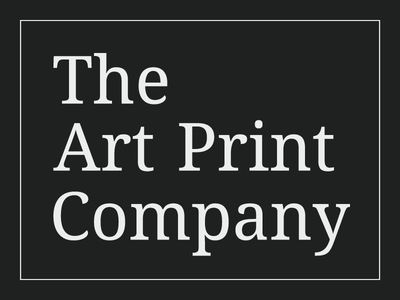What! No Beer? Buster Keaton Vintage Movie Wall Art - Photo Poster Print
ROLLED PHOTO POSTER PRINTContact us if you require a custom size.
Printed using only high quality inks on gallery grade 280 GSM premium lustre photo paper with a semi matte/gloss finish to ensure a sharp vibrant image. The prints are trimmed to the edge of the image. Please add a note when ordering if you would like to add a specified white border to assist with framing.
(frame not included)Orders dispatched the next working day. Estimated UK delivery 1-2 days, international 8-10 working days or less.
 
What! No Beer? Buster Keaton Vintage Movie Wall Art
What! No Beer? is a 1933 comedy film starring Buster Keaton and Jimmy Durante, set during the final days of Prohibition in the United States. The story revolves around two unlikely partners, Elmer J. Butts (played by Keaton) and Jimmy Potts (played by Durante), who stumble into the beer business just as the country anticipates the repeal of Prohibition. Keaton's character, Elmer, is a bumbling, well-meaning but clueless taxidermist, while Durante's Jimmy is a fast-talking conman always looking for a quick profit. They hatch a scheme to start brewing beer again, thinking they’ll make a fortune once Prohibition ends.
The film is a slapstick comedy typical of Keaton's style, with a series of chaotic, often absurd events as the two try to navigate the world of bootlegging, brewing, and gangster interference. Though the film's humour largely comes from Keaton's deadpan physical comedy and Durante's energetic banter, it also captures the atmosphere of a society transitioning from a decade of alcohol restriction to a new era of legal drinking. Their lack of understanding of the brewing process leads to a series of comic mishaps, and they inadvertently find themselves caught up with local gangsters, complicating their plans even further.
What! No Beer? is notable for being one of Keaton's final films in which he had a starring role during the early sound era. However, it was produced at a time when Keaton’s career was in decline, and he was working under contract with MGM, a studio that restricted his creative freedom. This led to some tension, as Keaton's famous improvisational style was at odds with the more tightly controlled direction of sound films. Despite this, the film contains several moments of classic Keaton visual comedy, though it was met with mixed critical reception, with some seeing it as a lesser example of his talent compared to his earlier silent films. Nonetheless, it remains a curious artefact from a transitional period in both Hollywood and American culture.




